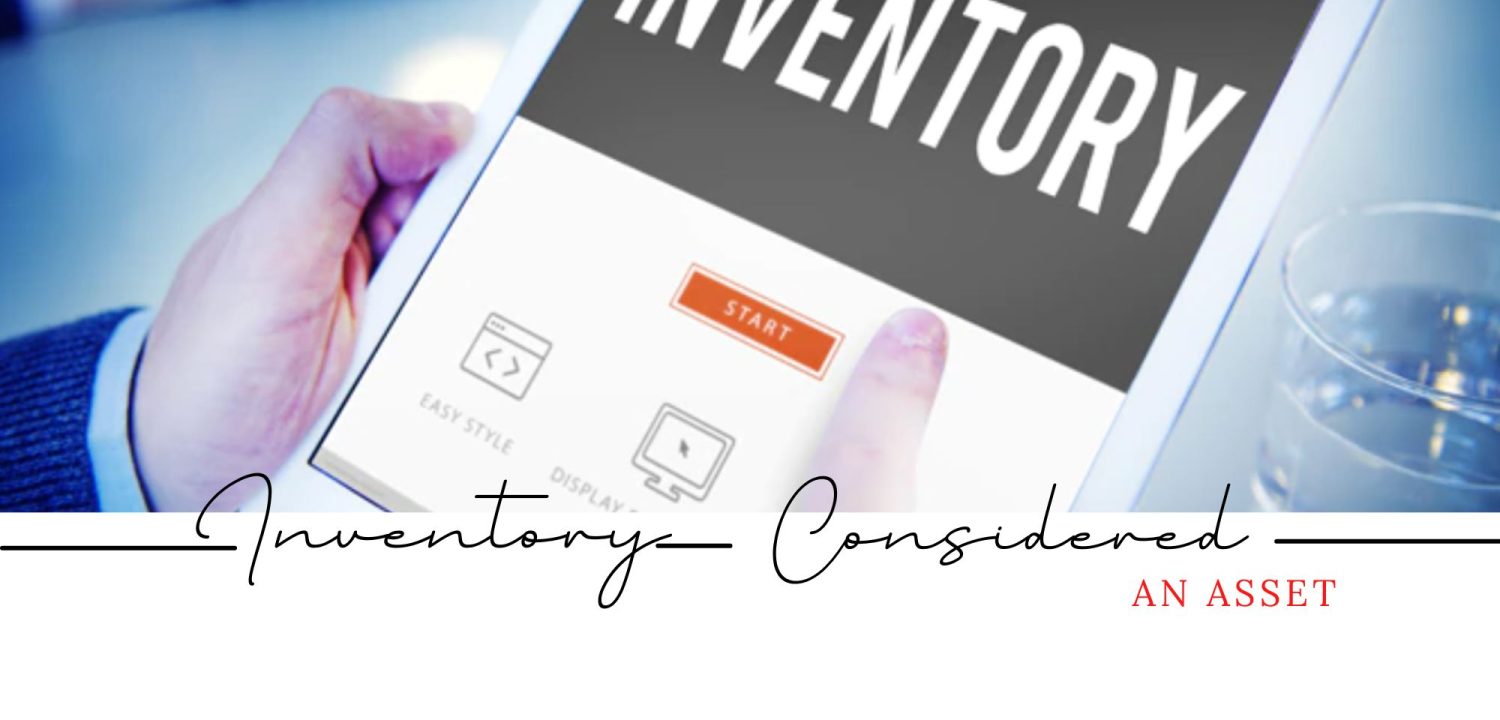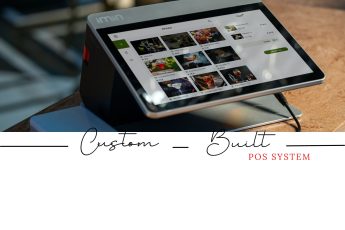Inventory Considered an Asset?
What is Inventory?
Inventory is the term used to describe the goods or materials that a business has on hand and intends to sell to its customers. It includes all the products, raw materials, and supplies that a company has in its possession, whether they are in a warehouse, on store shelves, or in transit. Inventory is a critical component of a business’s operations, as it represents the goods that generate revenue and drive profits. Effective inventory management is essential for businesses to ensure that they have enough inventory to meet customer demand while minimizing costs and maximizing profits.
What is Inventory Accounting?
Inventory accounting is the process of tracking, managing, and reporting a company’s inventory, including the cost of acquiring and holding that inventory. It is a crucial component of a company’s financial management system, as inventory represents a significant investment for many businesses.
At its most basic level, inventory accounting involves keeping track of the quantity and value of a company’s inventory. This can be done manually, using spreadsheets or other record-keeping tools, or through specialized inventory management software that automates many of the processes involved.
One of the most important aspects of inventory accounting is the valuation of inventory. There are several different methods for valuing inventory, including:
- First-in, first-out (FIFO): This method assumes that the first items purchased or produced are the first ones sold, with the cost of those items being used to calculate the cost of goods sold (COGS).
- Last-in, first-out (LIFO): This method assumes that the most recently purchased or produced items are the first ones sold, with the cost of those items being used to calculate the COGS.
- Average cost: This method calculates the average cost of all items in inventory, with that average cost being used to calculate the COGS.
The method used to value inventory can have a significant impact on a company’s financial statements, particularly its income statement and balance sheet. For example, using the LIFO method can result in lower taxable income, as it assumes that the most recently purchased or produced items have a higher cost than earlier items, which reduces the value of inventory and increases the COGS.
Inventory accounting also involves tracking inventory levels and turnover rates, as well as identifying slow-moving or obsolete inventory that may need to be written down or disposed of. Effective inventory management can help businesses reduce holding costs, avoid stockouts, and improve profitability.
In conclusion, inventory accounting is the process of tracking, managing, and reporting a company’s inventory and the cost of holding that inventory. It involves valuing inventory using one of several methods, tracking inventory levels and turnover rates, and identifying slow-moving or obsolete inventory. Effective inventory management can help businesses optimize inventory levels and improve profitability.
Is Inventory a Current Asset?
Inventory is considered an asset on a company’s balance sheet. An asset is defined as anything of value that is owned by a business or an individual that can be converted into cash. Inventory represents the goods that a company has on hand and intends to sell to its customers. This can include raw materials, work-in-progress, and finished goods.
The value of inventory on a company’s balance sheet represents the cost of the goods that have not yet been sold. The cost of inventory includes the purchase price of the goods, as well as any direct costs associated with acquiring, producing, or preparing the goods for sale, such as shipping and handling costs or labor costs.
Inventory is considered a current asset because it is expected to be sold, used, or consumed within one year or less. This means that it is a liquid asset that can be converted into cash relatively quickly. However, the value of inventory can be subject to fluctuations in market demand, supply chain disruptions, and other factors that can impact its value.
Accurately valuing inventory is important for a company’s financial statements, particularly its income statement and balance sheet. If the value of inventory is overstated, it can lead to an overstatement of a company’s assets, which can inflate the company’s profitability and financial health. On the other hand, if the value of inventory is understated, it can lead to an understatement of a company’s assets, which can reduce the company’s profitability and financial health.
Therefore, inventory is considered an asset on a company’s balance sheet because it represents the goods that a company has on hand and intends to sell to its customers. It is considered a current asset because it is expected to be sold, used, or consumed within one year or less. Accurately valuing inventory is important for a company’s financial statements, and can have a significant impact on the company’s profitability and financial health.
What Costs are Included in the Merchandise Inventory Account?
Merchandise inventory is an essential asset account on a company’s balance sheet, representing the cost of goods held for sale to customers. The merchandise inventory account includes all costs incurred by the company to acquire or produce the goods held in inventory.
The costs included in the merchandise inventory account can be broken down into three main categories:
- Direct material costs: These are the costs incurred by the company to acquire the materials used to produce the goods held in inventory. These costs include the purchase price of the raw materials, transportation costs, and any other costs associated with acquiring the materials.
- Direct labor costs: These are the costs incurred by the company to pay the employees who manufacture or assemble the goods held in inventory. Direct labor costs include wages, salaries, payroll taxes, and employee benefits.
- Manufacturing overhead costs: These are the indirect costs associated with the production process that cannot be directly attributed to the cost of the raw materials or direct labor. These costs include rent, utilities, depreciation of manufacturing equipment, and other expenses associated with running the manufacturing process.
It is important to note that only the costs directly associated with acquiring or producing the goods held in inventory are included in the merchandise inventory account. Other costs, such as sales commissions, advertising expenses, and general administrative costs, are not included in this account.
The cost of goods sold (COGS) is calculated by subtracting the ending inventory from the sum of the beginning inventory and purchases made during the accounting period. The cost of goods sold represents the cost of the goods that were sold during the period.
In conclusion, the merchandise inventory account includes all costs associated with acquiring or producing the goods held in inventory, including direct material costs, direct labor costs, and manufacturing overhead costs. These costs are used to calculate the cost of goods sold and are a critical component of a company’s financial management system.





